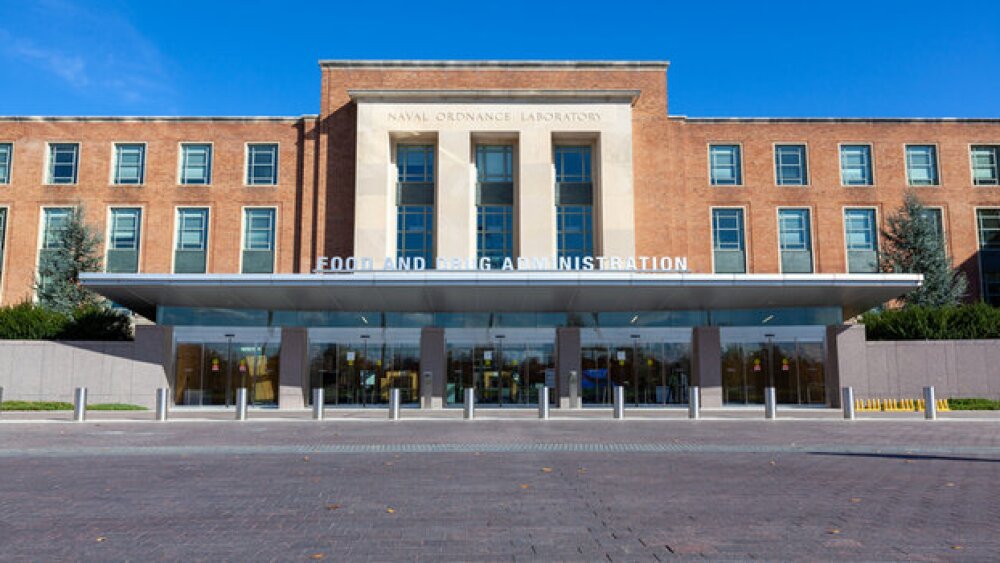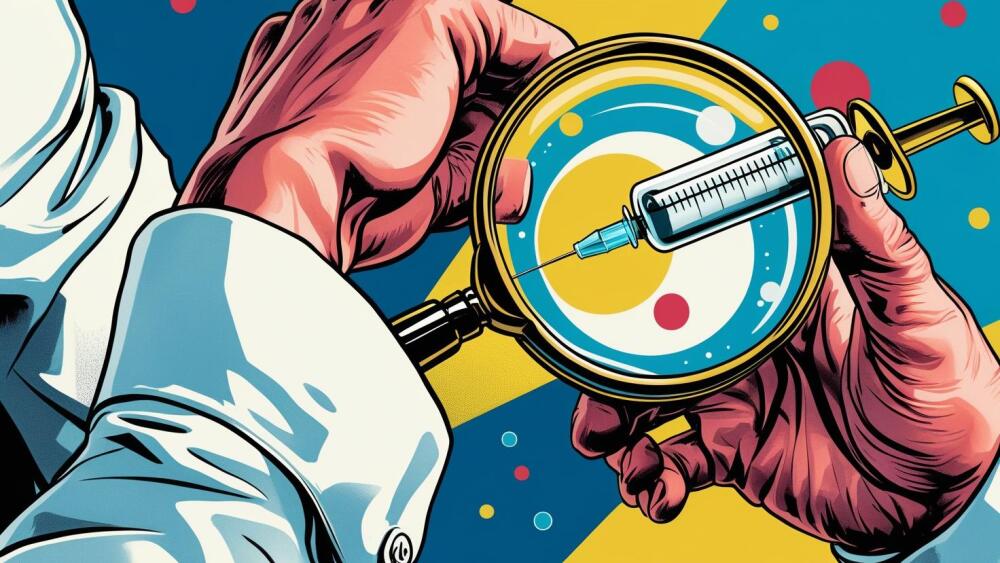LYON, France, Dec. 22, 2015 /PRNewswire/ -- Sanofi Pasteur, the vaccines division of Sanofi, announced today that the Philippines have granted marketing approval to Dengvaxia®, making it the first vaccine to be licensed for the prevention of dengue in Asia.
The Philippines' Food and Drug Administration approved Dengvaxia®, tetravalent dengue vaccine, for the prevention of disease caused by all four dengue types in individuals from 9-45 years of age living in endemic areas.
"Approval of the first dengue vaccine in Asia, which bears 70% of global disease burden[1], is a major milestone in dengue prevention and public health," notes Olivier Charmeil, President and CEO of Sanofi Pasteur. "Approval of Dengvaxia® in the Philippines, following closely the first approval in Mexico, is further evidence of Sanofi Pasteur's long-standing commitment to introduce this innovative new vaccine first in countries where dengue is a major public health threat."
Dengue fever burden in Asia continues to be the highest globally with an estimated 67 million people being sickened by the dengue annually[1]. As an urban disease, dengue attacks populations of Asia in the form of unpredictable outbreaks capable of paralyzing health care systems, negatively impacting social and economic activity. Asian endemic countries spend an estimated 6.5 billion USD annually in both direct medical and indirect costs due to dengue[2].
"Prevention of dengue is an urgent and growing medical priority in the Philippines," says Dr. May Book Montellano, President, Philippine Foundation for Vaccination. "Vaccination is widely accepted as one of the most cost-effective ways to reduce the spread of infectious diseases like dengue. The approval of Dengvaxia®, the world's first dengue vaccine, in the Philippines will be a critical addition to the ongoing public education and vector control efforts currently directed towards dengue prevention in our country."
Dengue is a major public health priority in tropical and subtropical countries in Asia and Latin America. Sanofi Pasteur is introducing Dengvaxia® first in these countries where the vaccine has the greatest potential to reduce dengue burden globally and help to achieve the World Health Organization's goal to reduce dengue mortality by 50% and morbidity by 25% by 2020 in endemic countries. Sanofi Pasteur enrolled over 40,000 participants in extensive safety and clinical efficacy studies conducted mainly in endemic countries and built a dedicated vaccine production facility in France to secure adequate quality and quantity supply of the vaccine to meet endemic country demand upon introduction.
Dengue disease burden globally
According to the World Health Organization (WHO), dengue is the fastest growing mosquito-borne disease in the world today, causing nearly 400 million infections every year[3]. In the last 50 years dengue has spread from being present in a handful of countries to being endemic in 128 countries, where about 4 billion people live, and dengue incidence has likewise increased 30-fold in this time period[4],[5].
Although dengue affects people from all ages and socio-economic backgrounds, the greatest number of dengue cases worldwide occurs in the highly mobile and social segment of endemic populations that include preadolescents to adult ages of 9 years and above[6].
About Dengvaxia®
Besides the Philippines, Dengvaxia® is also registered in Mexico. Regulatory review processes for Dengvaxia® are continuing in other countries where dengue is a public health priority. Manufacturing of the vaccine has already started in France.
Sanofi Pasteur's vaccine is the culmination of over two decades of scientific innovation and collaboration, as well as 25 clinical studies in 15 countries around the world. Over 40,000 volunteers participated in the Sanofi Pasteur dengue vaccine clinical study program (phase I, II and III), of whom, 29,000 volunteers received the vaccine. Dengvaxia® successfully completed phase III clinical studies in 2014 to evaluate the primary objective of vaccine efficacy[7],[8]. The Philippines participated in all three phases of the clinical development of Dengvaxia®.
Pooled efficacy and integrated safety analyses from the 25-month Phase III efficacy studies and the ongoing long-term studies, respectively, were published in The New England Journal of Medicine on July 27th 2015 affirming the vaccine's consistent efficacy and longer-term safety profile in study population 9-16 years of age. In the pooled efficacy analysis in this age group, Dengvaxia® was shown to reduce dengue due to all four serotypes in two-thirds of the participants and prevent 8 out of 10 hospitalizations and up to 93% of severe dengue cases.[9]
Dengvaxia® is the first vaccine licensed for the prevention of dengue in the world. First doses of the vaccine have been produced at the dedicated production site in France with planned full-scale production capacity of 100 million vaccine doses annually.
Additional information about Sanofi Pasteur's dengue vaccine is available on the web at www.dengue.info.
About Sanofi
Sanofi, a global healthcare leader, discovers, develops and distributes therapeutic solutions focused on patients' needs. Sanofi has core strengths in diabetes solutions, human vaccines, innovative drugs, consumer healthcare, emerging markets, animal health and Genzyme. Sanofi is listed in Paris (EURONEXT: SAN) and in New York (NYSE: SNY).
Sanofi Pasteur, the vaccines division of Sanofi, provides more than 1 billion doses of vaccine each year, making it possible to immunize more than 500 million people across the globe. A world leader in the vaccine industry, Sanofi Pasteur offers a broad range of vaccines protecting against 20 infectious diseases. The company's heritage, to create vaccines that protect life, dates back more than a century. Sanofi Pasteur is the largest company entirely dedicated to vaccines. Every day, the company invests more than EUR 1 million in research and development. For more information, please visit: www.sanofipasteur.com or www.sanofipasteur.us
Forward Looking Statements
This press release contains forward-looking statements as defined in the Private Securities Litigation Reform Act of 1995, as amended. Forward-looking statements are statements that are not historical facts. These statements include projections and estimates and their underlying assumptions, statements regarding plans, objectives, intentions and expectations with respect to future financial results, events, operations, services, product development and potential, and statements regarding future performance. Forward-looking statements are generally identified by the words "expects", "anticipates", "believes", "intends", "estimates", "plans" and similar expressions. Although Sanofi's management believes that the expectations reflected in such forward-looking statements are reasonable, investors are cautioned that forward-looking information and statements are subject to various risks and uncertainties, many of which are difficult to predict and generally beyond the control of Sanofi, that could cause actual results and developments to differ materially from those expressed in, or implied or projected by, the forward-looking information and statements. These risks and uncertainties include among other things, the uncertainties inherent in research and development, future clinical data and analysis, including post marketing, decisions by regulatory authorities, such as the FDA or the EMA, regarding whether and when to approve any drug, device or biological application that may be filed for any such product candidates as well as their decisions regarding labelling and other matters that could affect the availability or commercial potential of such product candidates, the absence of guarantee that the product candidates if approved will be commercially successful, the future approval and commercial success of therapeutic alternatives, the Group's ability to benefit from external growth opportunities, trends in exchange rates and prevailing interest rates, the impact of cost containment initiatives and subsequent changes thereto, the average number of shares outstanding as well as those discussed or identified in the public filings with the SEC and the AMF made by Sanofi, including those listed under "Risk Factors" and "Cautionary Statement Regarding Forward-Looking Statements" in Sanofi's annual report on Form 20-F for the year ended December 31, 2014. Other than as required by applicable law, Sanofi does not undertake any obligation to update or revise any forward-looking information or statements.
|
[1] |
Nature. 2013 Apr 25;496(7446):504-7 |
|
[2] |
Shepard DS, Halasa YA, Undurraga EA, Stanaway J. Global economic cost of dengue illness. Poster presented at: American Society of Tropical Medicine and Hygiene Annual Meeting; Oct. 25-29, 2015, Philadelphia, PA, Poster 781 |
|
[3] |
WHO. Dengue and severe dengue. Fact Sheet N° 117. May 2015 http://www.who.int/mediacentre/factsheets/fs117/en/ |
|
[4] |
Ibid. |
|
[5] |
WHO. Emergencies, preparedness, response. Impact of dengue http://www.who.int/csr/disease/dengue/impact/en/ |
|
[6] |
Joseph R. Egger, Paul G. Coleman. Age and Clinical Dengue Illness. Emerg Infect Dis. 2007 June; 13(6): 924–927. |
|
San Martin JL, Brathwaite O, Zambrano B, et al. The epidemiology of dengue in the americas over the last three decades: a worrisome reality. Am J Trop Med Hyg 2010;82:128-35. |
|
|
[7] |
Capeding M.R. et.al, Clinical efficacy and safety of a novel tetravalent dengue vaccine in healthy children in Asia: a phase 3, randomised, observer-masked, placebo-controlled trial ; Volume 384, Issue 9951, 11–17 October 2014, Pages 1358–1365. |
|
[8] |
Villar L, Dayan GH, Arredondo-Garcia JL, Rivera DM, Cunha R, Deseda C et al. Efficacy of a tetravalent dengue vaccine in children in Latin America. N Engl J Med. 2015. |
|
[9] |
Hadinegoro, Sri Rezeki S., et al. Efficacy and Long-Term Safety of a Dengue Vaccine in Regions of Endemic Disease Integrated Analysis of Efficacy and Interim Long-Term Safety Data for a Dengue Vaccine in Endemic Regions. July 27, 2015DOI: 10.1056/NEJMoa1506223. |




